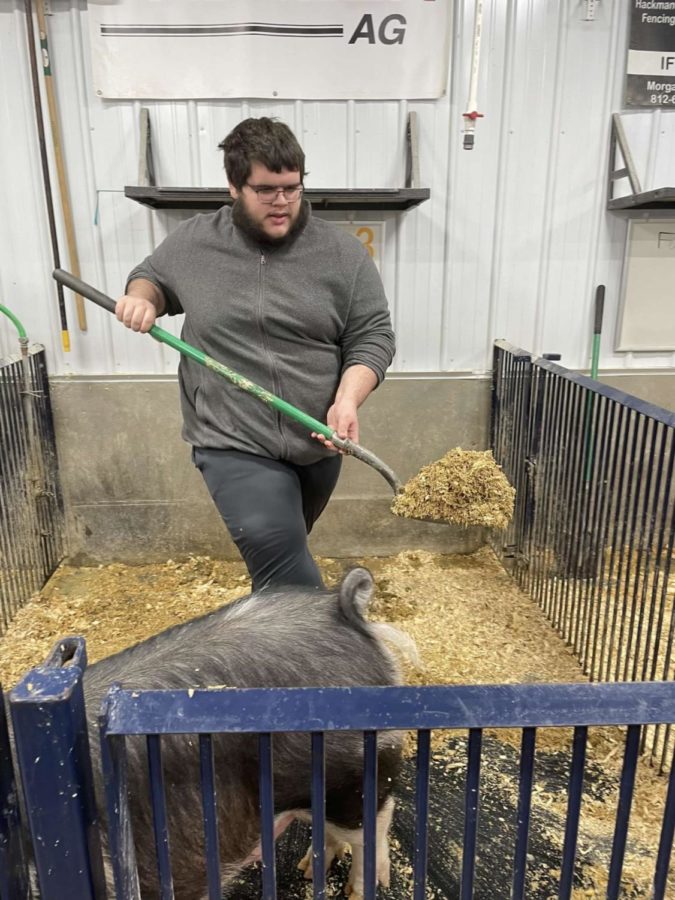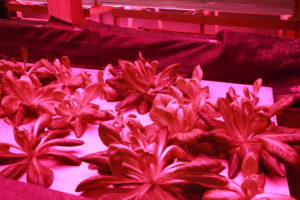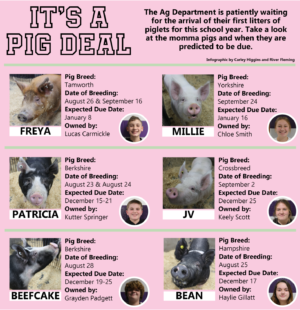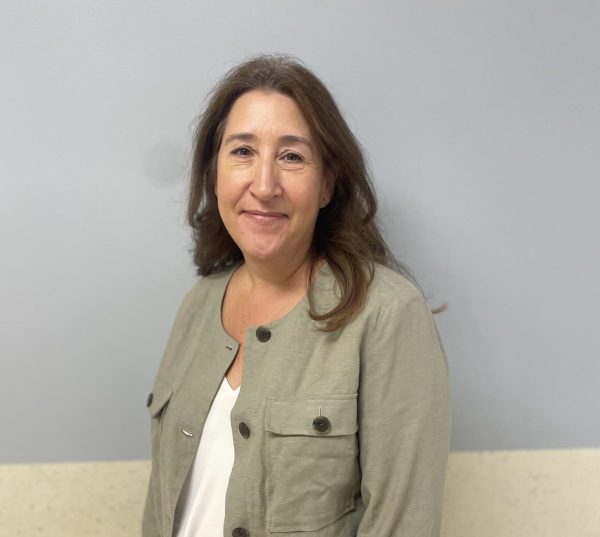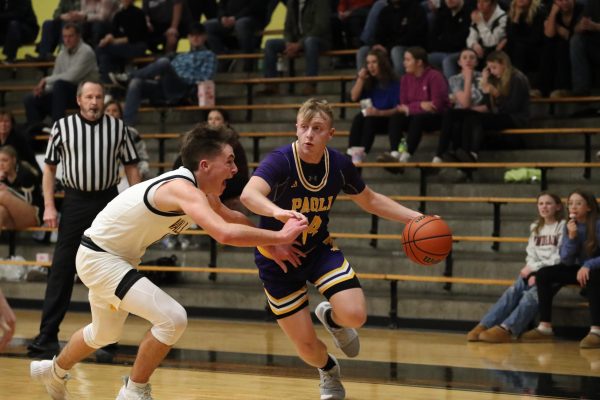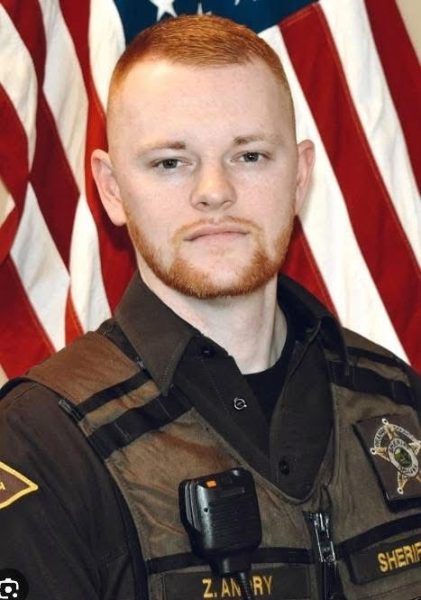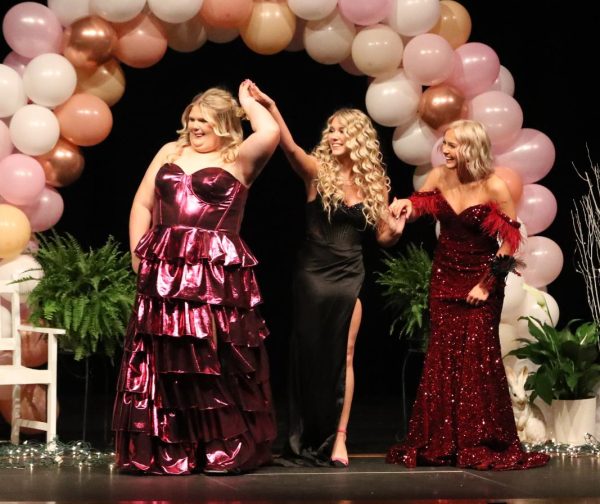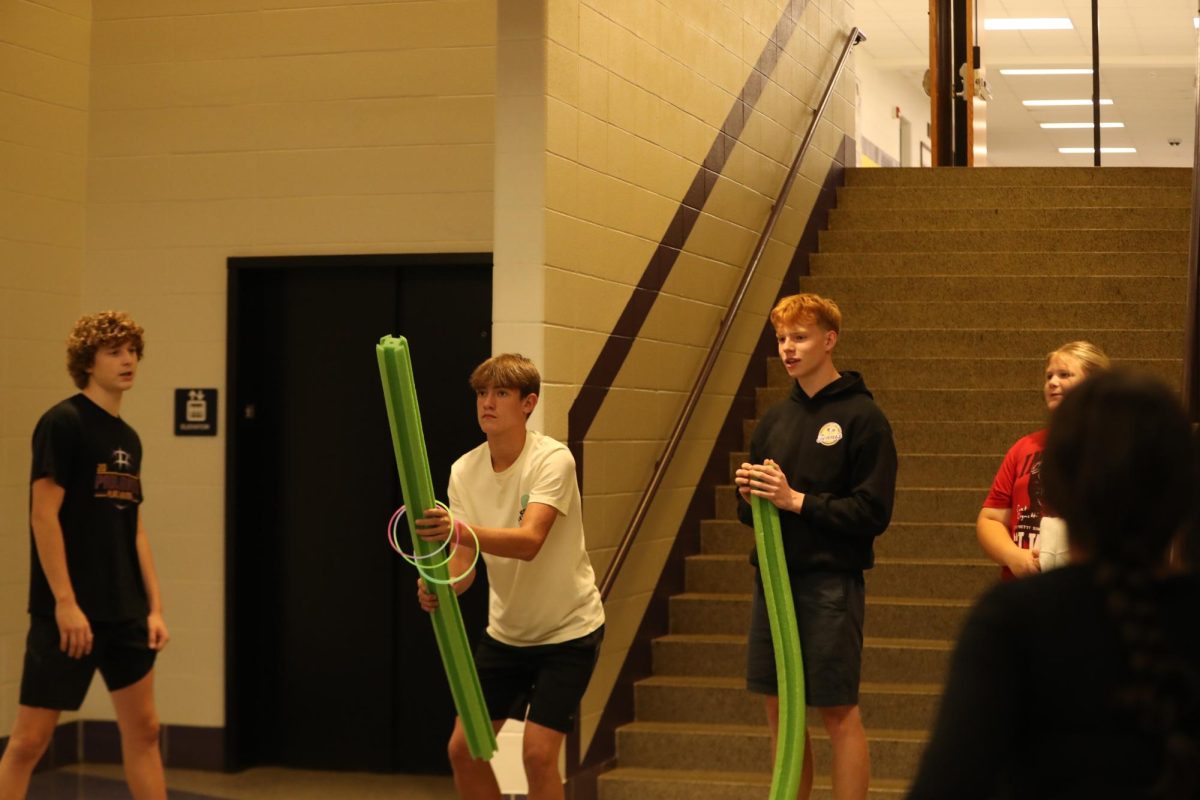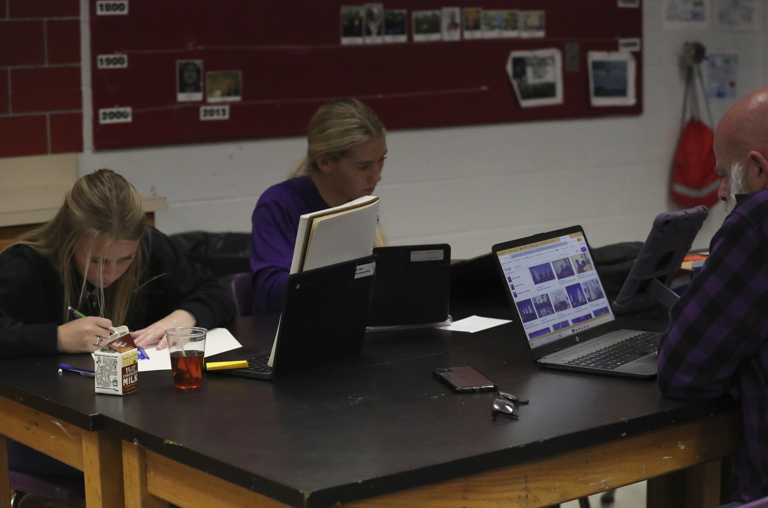Piglets Wanted: Ag Awaits Farrows
Senior Josh Chaplin shovels out one of the Berkshire pig’s enclosures.
December 11, 2022
It is almost time for the Dr. Bill McDonald Animal Science Pavilion to start expecting new additions to their pork population.
In the barn, there are currently six (hopefully) pregnant pigs — each of the pigs belonging to different owners. They were all bred via artificial insemination performed by Ag Teacher Cory Scott and students in his classes.
Five out of six of the pigs were bred using boars from the website Southern Gold Sires. The five that were bred using that website are Bean, Beefcake, JV, Millie and Patricia.
Freya, the final pig, was bred using a boar off of Shaffer’s Gold Rush website. Due to her individual breed, a different type of boar was needed for best chances of success and this website offered the best selection.
The majority of the pigs are thought to be due very soon, though Beefcake and Patricia do not have their exact due date estimated because of their breed. Berkshires like them tend to have a slightly longer gestation period. There is no way of telling when their actual due date will be until they have their first litter. Once the first litter is born, the mothers usually tend to be the same amount of days late in the next litter they will have.
This is a learning experience for students in Scott’s classes who have closely followed the pigs throughout their breeding and pregnancy periods. They will also be able to attend the birth of the babies when the time comes.
Though most of the Ag courses center on feeding and pen-cleaning duties for the livestock, there are a few students who do more.
Scott’s Veterinary Careers I classes also help administer vaccinations to the mom and baby pigs. Occasionally, Scott’s Veterinary Careers II students will help out as well, but they are often too busy working at nearby vet clinics.
The agricultural and veterinary pathway offers opportunities to students that are typically rare. If students continue on through Animal Science and Advanced Animal Science, they can take Veterinary Careers I, where they will be allowed to help and be hands-on with even more things. The following year they can take Veterinary Careers II, where they will be able to work at local veterinary clinics to get on-the-job experience. This will also help prepare the students for their Certification Exam for Level 1 Veterinary Assistant. Students cannot take this until after 200 hours of classroom instruction and 300 hours of clinic experience are completed.

